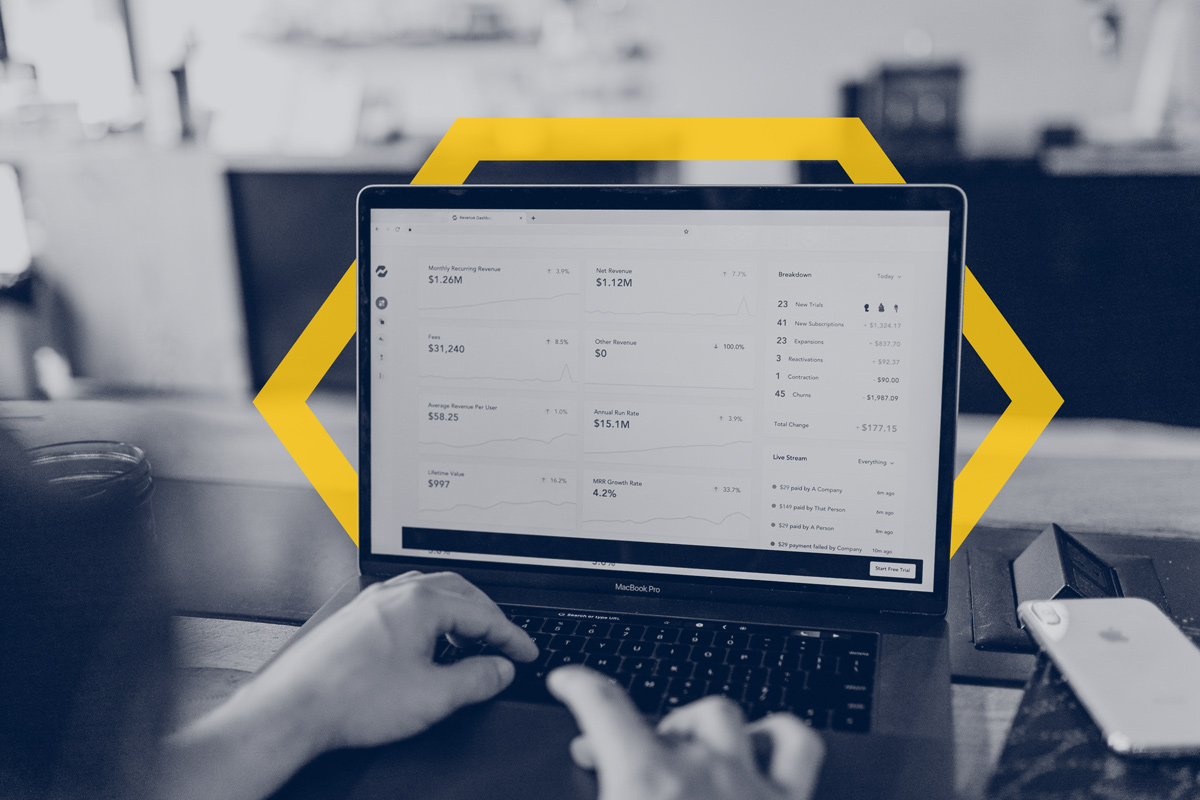Build your brand’s reputation with SEO consultants you can trust.
Achieve your goals with up-to-date SEO strategies and results-driven SEO consultancy.
In the ever-changing world of SEO, you need SEO consultant services that help you stay up to date with the latest standards and trends. From a website audit and keyword research to on-page or off-page optimisation and technical SEO, you can count on us. Add to that performance tracking and reporting, along with up-to-date algorithm updates and industry trends, and you’ll receive expert SEO consultancy and content strategy that brings visible results.
Our customer-centric approach ensures not only improved visibility, but also enhanced readability for your target audience. With added expertise in multilingual and global SEO, we can help you optimise your brand for global markets.
Leave the complexities of SEO to us, as we boost your online presence and unlock new opportunities for success. With our expertise, you can focus on other crucial aspects of your business, knowing your SEO is in safe hands.

Benefit from tailored SEO services that focus on your needs
Our team of expert international SEO consultants optimise organic visibility, on-site performance tracking and reporting, keyword research and technical SEO, ensuring bespoke solutions for our customers’ success.
Enjoy unique benefits to help your brand stand out
Our specialised SEO consultant services set us apart from competitors. At Key Content, we specialise in multilingual and global SEO, as well as local SEO, ensuring exceptional results tailored to your unique needs.


Our customer-centric approach ensures you’re in the driving seat.
Key Content prioritises its customers throughout the process of creating copy, ensuring their needs are met from start to finish. With technical jargon a thing of the past, our focus is on clear and concise content strategy and solutions that truly benefit our customers.
Enjoy targeted success with optimised customer-focused SEO content.
By combining keywords with engaging content, we seamlessly maintain flow and readability in our copy, whilst ensuring it remains customer focused and provides optimal value. No keyword stuffing, just valuable content that engages and resonates with the reader.

Brands we partner with

They (Key Content) are also inquisitive and proactive when it comes to looking at the needs of its clients more holistically; constantly finding ways to try to address them effectively. I have been impressed by their unwavering commitment to meeting (and often delivering before) deadlines, maintaining solid relations between project stakeholders and by just how hands-on as well as trustworthy they have been across the board.
KAYAK, Allan Kortbaek | Senior Content Marketer